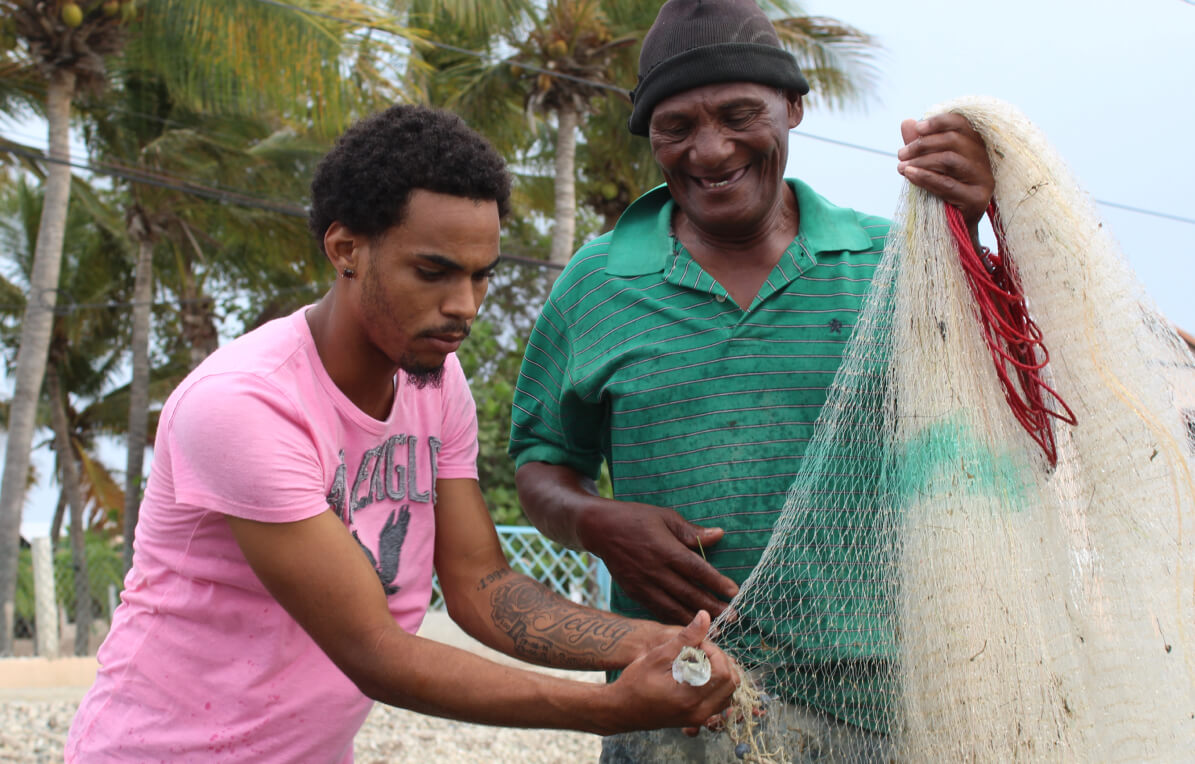Anna Sahakyan, Regional Director for Latin America and the Caribbean, Counterpart International
May 28th marked the 100th anniversary of the formation of the first Republic of Armenia. This historic milestone for the Armenian people comes on the heels of grassroot-led protests this spring that toppled the ruling elite.
I was born and raised in Armenia. I witnessed my country’s transformation from a Soviet Republic under Mikhail Gorbachev‘s policies of glasnost and perestroika into an independent Republic of Armenia. On February 20, 1988, I remember hearing the announcement that the former Soviet territory of the Nagorno-Karabakh Autonomous Oblast had voted to unify with Armenia.
Through invasions and transformations over centuries, Armenia has maintained its national dignity, preserving its native language and religious traditions. This national character was on display in the spring of 1988 as demonstrations took place in Yerevan, the capital city of Armenia. Citizens showed support for the Armenians from Karabakh and the independence of Armenia from the Soviet Union.
Later, as a young teenager, I remained intrigued by this civic movement, unprecedented in Armenia under the Soviet regime. So, I tagged along with my adult relatives to participate in the pro-democracy demonstrations. I felt my heart expand with pride and excitement as I saw my fellow citizens take to the streets.
But these were not peaceful demonstrations in 1988. The national media called us extremists, and the Militsiya, the Soviet police, arrested peaceful protesters whose only crimes were assembling and speaking freely in the streets of their country. My mother scolded me for participating in the demonstrations and admonished my adult relatives for putting me in danger.
The risks those citizen demonstrators took in 1988 led to Armenia declaring its independence from the Soviet Union on September 21, 1991. Little did I know that these events would pave the road for my professional career working in international development to promote democracy and governance.
In 2004, I returned to my motherland as a young professional working for Counterpart International. We were in Armenia to launch a USAID-funded Civic Advocacy Support Project (CASP). Together, we helped local civil society groups organize into a powerful national network that could advocate for citizens’ priorities. Leading up to the 2008 parliamentary and presidential elections in Armenia, Counterpart supported local civil society organizations to promote open, non-partisan initiatives for increased public participation, voter awareness, and transparency.
Through the course of the CASP project, my family constantly asked me, “What exactly do you do?” I explained to them the meaning of advocacy and civic participation, and constantly encouraged them to exercise their civic rights and to vote.
Armenia is now considered a hybrid state. It is neither fully authoritarian nor fully democratic. Unlike some of its neighbors, Armenia’s social media space remains free and uncensored. While the ruling party and entrenched economic elite have a firm grip on power, local civic organizations are free to criticize them from within the country. A rising generation of Armenian youth is organizing and demanding more from their government.
Armenians, tired of broken promises and endemic corruption in Serzh Sargsyan’s 10-year presidential regime, took to the streets this April to demand change. The peaceful demonstrations over 22 consecutive days resulted in Sargsyan’s resignation. From The Economist to Elton John, people hailed Armenia’s ‘April Revolution’ while bracing themselves for the precarious road ahead for this beleaguered country.
With Sargsyan’s departure, the door is now open to genuine change in the Armenian government.
Almost 6000 miles away in the U.S., I have the same pride in my fellow Armenians as I did when I watched the democratic uprising as a teenager. I was unable to participate in the April demonstrations as I am now residing in the U.S., but my now-78-year-old mother participated. Thirty years since she worried for my safety in the 1988 protests, my mom became a fearless and full participant in her country’s historic democratic uprising.
I believe that change can begin with just one person and just one project, like CASP. It is both electrifying and humbling to witness the current transformation in my homeland.


